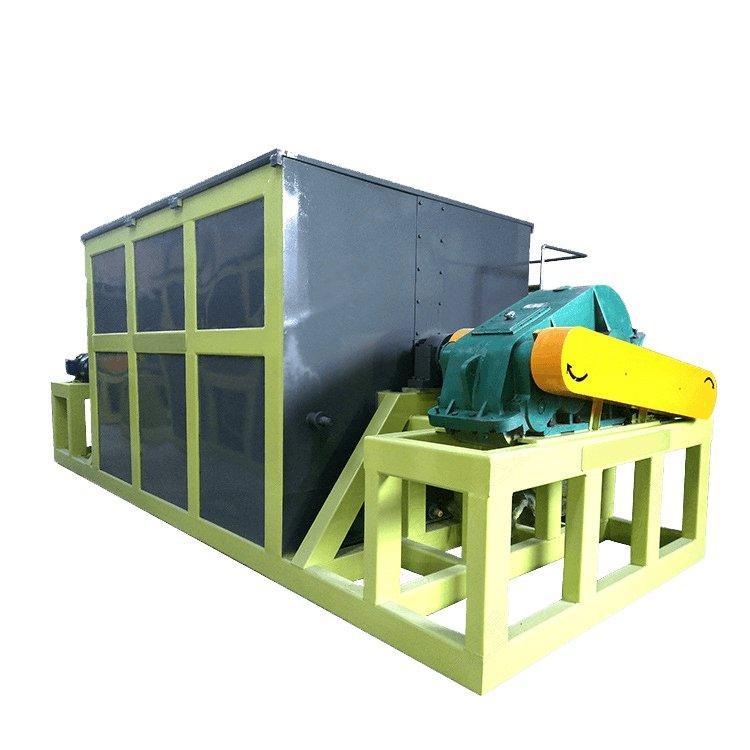
1
/
of
4
Fermentation Tank
Fermentation Tank
Share
A fermentation tank is a specialized vessel used in various industries, particularly in brewing and food production, to facilitate the fermentation process. It provides a controlled environment for yeast or other microorganisms to convert sugars into alcohol and carbon dioxide, essential for producing beverages like beer and wine.
Key Features
-
Material:
Most fermentation tanks are made from stainless steel due to its durability, resistance to corrosion, and ease of cleaning. -
Temperature Control:
Equipped with cooling jackets or heating elements, these tanks maintain optimal fermentation temperatures, crucial for yeast activity and product quality. -
Sealed Environment:
Fermentation tanks are designed to be airtight to prevent contamination from external microorganisms while allowing carbon dioxide to escape. -
Conical Bottom:
Many tanks feature a conical shape at the bottom, facilitating the collection and removal of yeast and sediment after fermentation. -
Versatile Sizes:
Available in various sizes, from small home-brew setups to large industrial tanks capable of holding thousands of liters.
Working Process
- Filling: The tank is filled with a mixture of wort (or must) and yeast.
- Fermentation: Yeast converts sugars into alcohol and carbon dioxide over a set period, depending on the type of beverage being produced.
- Monitoring: Specific gravity is measured to track fermentation progress.
- Cooling: Once fermentation nears completion, the tank is cooled to help settle the yeast and other solids.
- Harvesting: After fermentation, the clear liquid is drawn off while sediment is removed from the conical bottom.








